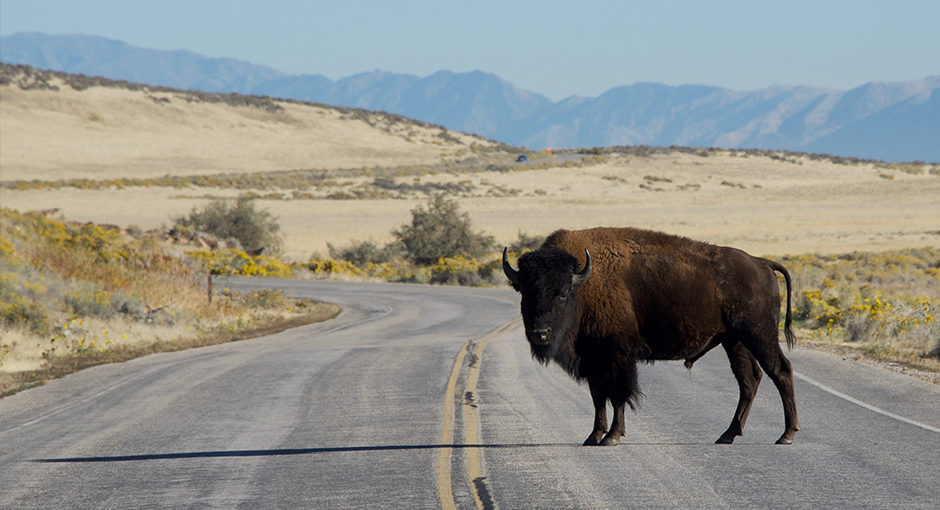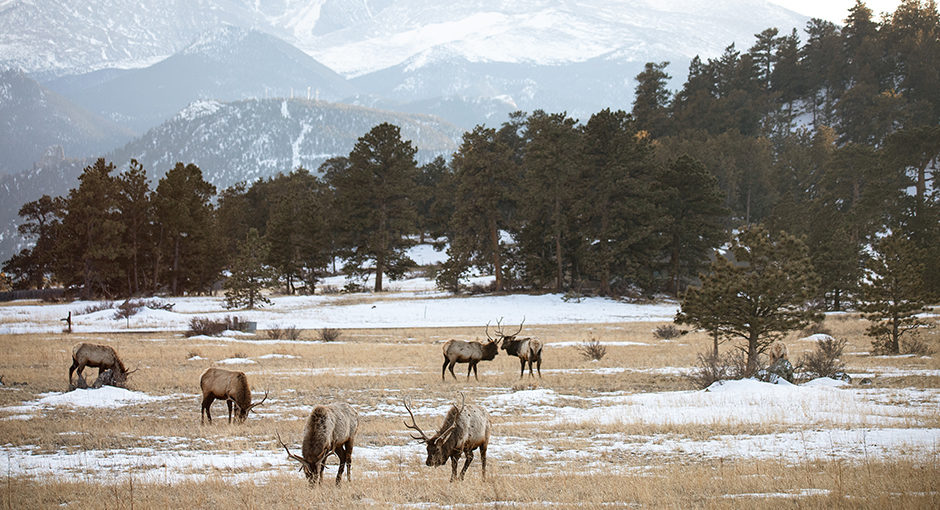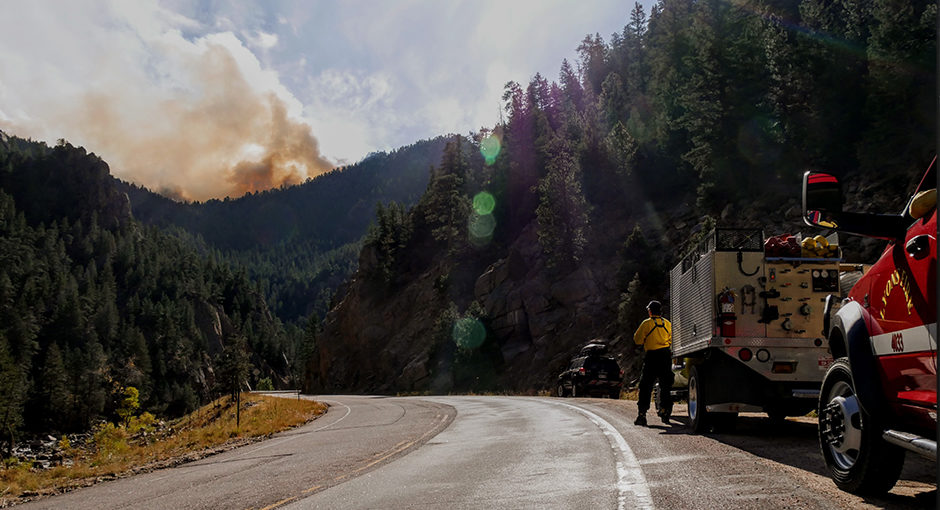Respect Your Mother (Nature): Follow These 5 Leave No Trace Principles
National parks are full of treasured wild plants, animals, and natural spaces. When we explore the parks, we’re merely visitors in these delicate ecosystems. As every good guest knows, it’s important to tread lightly among your surroundings.
Follow These 5 Principles to Leave No Trace on Your Next Adventure
1. Slow Down
To protect wildlife, the roads in national parks often have slower speed limits than other roads. And for good reason — if you’re driving too fast, you likely won’t have time to stop for an animal darting across the road. If you get stuck in a wildlife jam, stay in your car until it passes.

2. Admire from a Distance
If you’re close enough for a selfie or for an animal to notice your presence, you’re too close. Most parks require you to stay at least 100 yards from predators like bears and wolves and 25 yards from bison, elk, and all other animals. Stay on the park’s designated paths, use binoculars or a zoom lens, and move back if wildlife approach you.

3. Store It or Throw It Away
How do you keep animals out of your food and garbage? By not leaving any. Never leave food unattended when cooking outside. Inside, put all food and snacks (including pet food and treats!) up and away when not in use. Animals can also dangerously mistake your garbage for food. Recycle what you can and put any garbage in bear-proof containers, the park’s waste receptacles, or a food locker if available.

4. Be Fire Safe
Different parks allow different sizes and types of campfires, so ask about park-specific rules at the visitor center or contact the park before you visit. If the area’s been windy and dry lately, a fire restriction or ban may be in effect. Before starting your campfire, make sure any flammable objects are at least 15 feet away and upwind of the firepit. Most parks require you to buy firewood on site to avoid bringing along hidden pests that could invade the ecosystem. Never leave a fire unattended and always keep water nearby to extinguish it.

5. R-E-S-P-E-C-T
Find out what it means to wildlife:
- Reduce plastic waste with a refillable water bottle instead of disposable.
- Enjoy wildlife through quiet observation from a distance.
- Storing all food and garbage securely keeps animals healthy and wild.
- Protect rivers, lakes, and hot springs by not throwing anything into them.
- Ecosystems ask you leave nothing but footprints and take nothing but pictures.
- Carpool, walk, or ride a bike to reduce pollution and disturbance in the park.
- Turn off lights, faucets, and heat when not in use to conserve resources.
